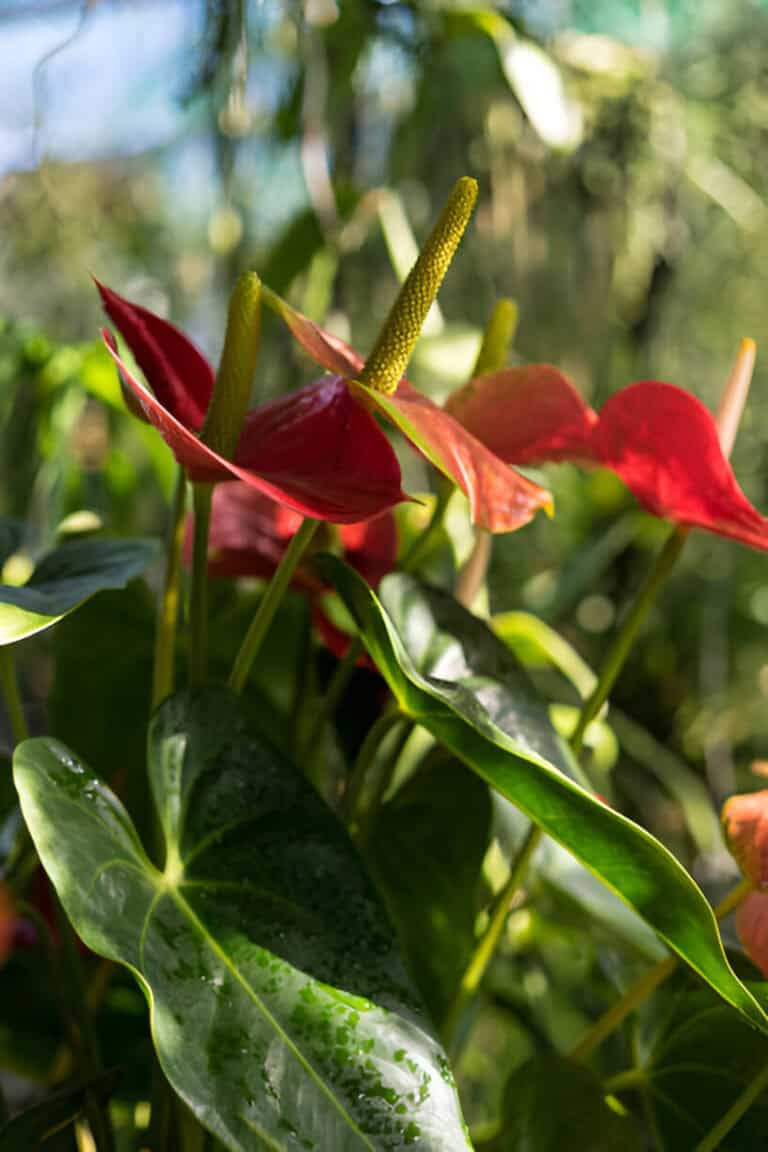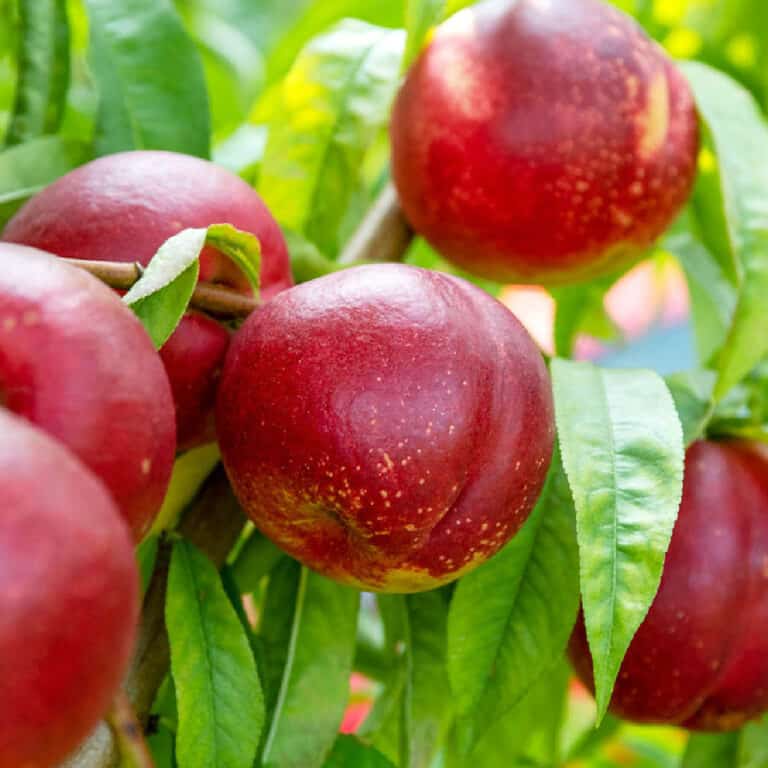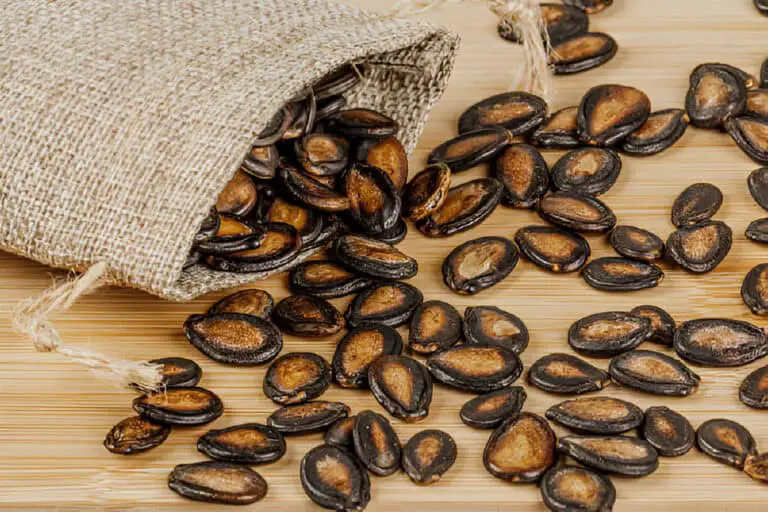When to Plant Potatoes in Newfoundland: A Comprehensive Guide
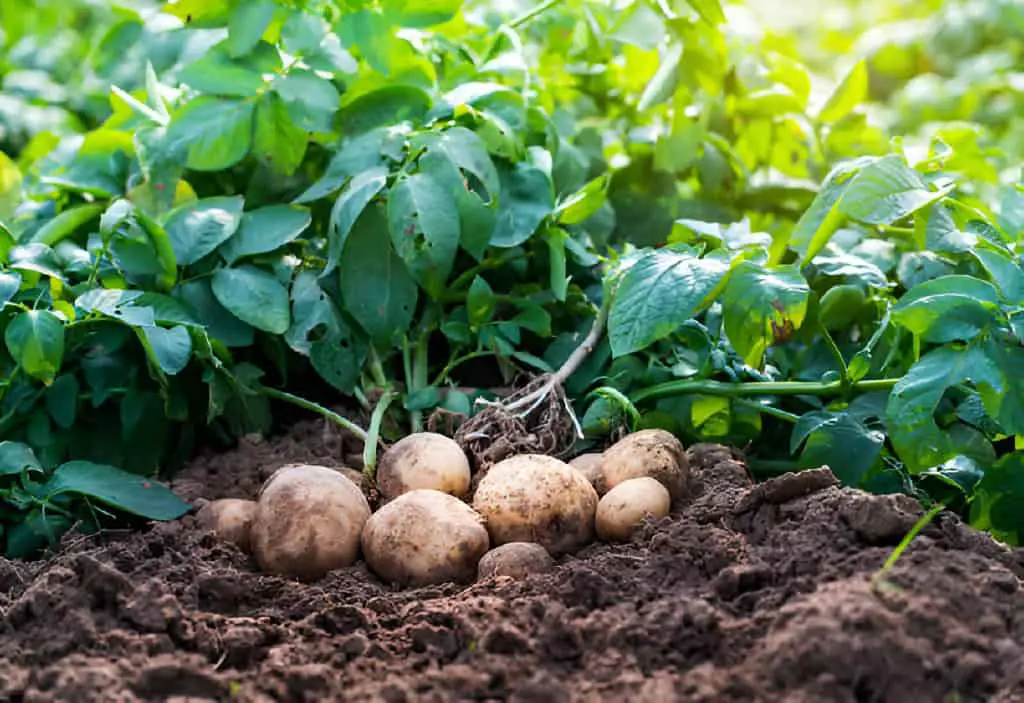
Are you eager to cultivate your own potatoes in Newfoundland’s rich soil? Timing is crucial for a successful potato harvest. Have you ever wondered when the best time is to plant potatoes to ensure a plentiful yield?
This guide covers the best planting seasons and techniques for growing potatoes in Newfoundland. Whether you’re a novice or a pro, know the best time and methods to plant. This will help your potatoes thrive and provide a great harvest.
Join us to explore all about planting potatoes in Newfoundland. We’ll cover soil prep to harvest readiness. This will ensure a rewarding gardening experience and delicious homegrown spuds.
Understanding Newfoundland’s Climate
Newfoundland has a unique climate, with cool summers and cold winters. The island’s coast affects its weather. It causes big temperature differences between the coast and inland areas. These factors play a significant role in determining the best time to plant potatoes.
Seasonal Overview
- Spring (March to May): Cool temperatures with the last frost typically occurring in late May.
- Summer (June to August): Mild to warm temperatures, ideal for potato growth.
- Autumn (September to November): Cool temperatures, suitable for late-season potato planting.
- Winter (December to February): Cold temperatures, not suitable for potato planting.
Best Times to Plant Potatoes in Newfoundland
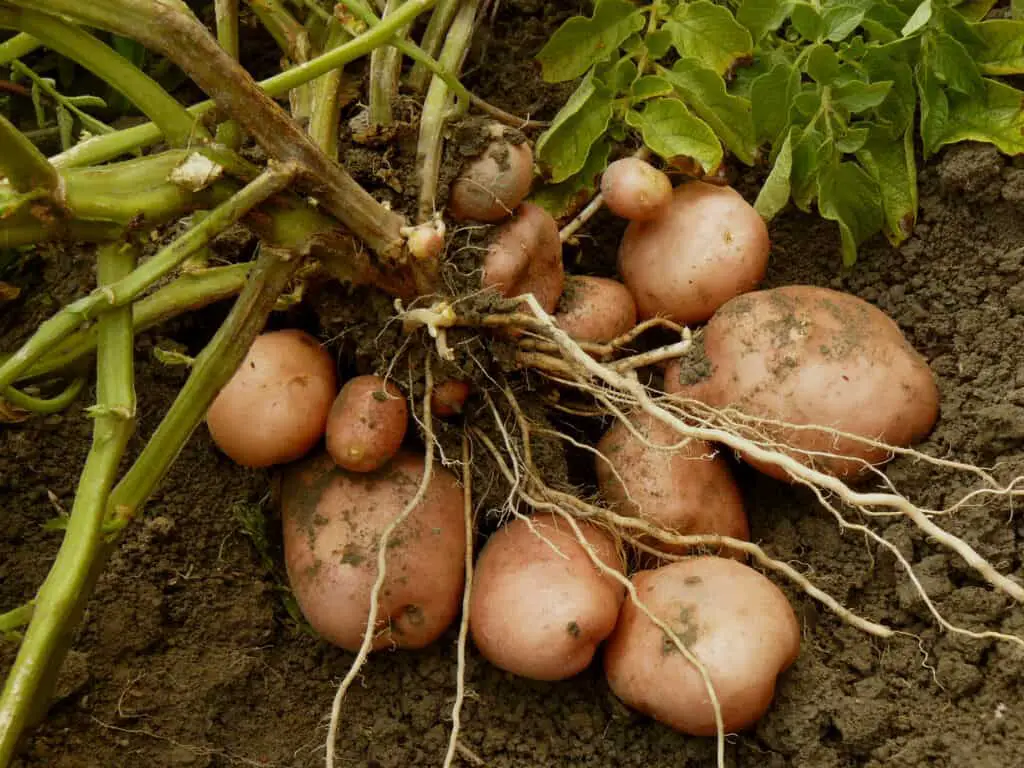
Potatoes are a popular crop in Newfoundland, known for their versatility and nutritional value. To get the most out of your potato harvest, it’s crucial to plant them at the right time.
The best times to plant potatoes in Newfoundland depend on the specific potato variety and your location within the province. Here are some general guidelines:
Early Spring Planting
For early harvest and optimal yields, consider planting potatoes in early spring.
- Best Time to Plant: Late April to early May.
- Benefits: Early planting lets potatoes mature before summer’s heat. This may yield larger tubers.
- Considerations: Watch for late frosts and protect tender plants with covers or cloths.
Mid-Spring Planting
Mid-spring is an excellent time to plant a wide variety of potatoes in Newfoundland.
- Best Time to Plant: Mid-May to early June.
- Benefits: Mid-spring planting ensures the soil is warm enough for optimal root growth and tuber development.
- Considerations: Ensure proper spacing and watering to support vigorous growth.
Late Spring Planting
Late spring planting suits heat-loving potato varieties. They thrive in warmer temperatures.
- Best Time to Plant: Late June to early July.
- Benefits: Late planting can extend the harvest period into the fall, providing a longer potato-growing season.
- Considerations: Mulch enough to retain moisture and protect roots from heat.
| Also read: When to Plant Potatoes in New Brunswick? |
Soil Preparation to Plant Potatoes
Proper soil preparation is essential for successful potato cultivation in Newfoundland’s climate.
Soil Testing and Amendment
- Test the Soil: Conduct a soil test to determine pH and nutrient levels. Potatoes prefer slightly acidic soil (pH 5.0 to 6.0).
- Amend the Soil: Add organic matter such as compost or well-rotted manure to improve soil structure and fertility.
Bed Preparation
- Raised Beds: Consider planting potatoes in raised beds to improve drainage and soil warmth.
- Mulching: Apply a layer of mulch, such as straw or leaves, to conserve moisture and suppress weeds.
The Best Varieties of Potatoes to Grow in Newfoundland
The best varieties of potatoes to grow in Newfoundland include:
- Yellow Sun: A unique variety known for its bright yellow flesh and sweet taste.
- Red Smile: Another unique variety with a red skin and a sweet, waxy texture.
- Kiss-me-a-lot: A variety with a red skin and a sweet, waxy texture.
- Lobster Red: A variety with a red skin and a sweet, waxy texture.
These varieties were introduced to Newfoundland and Labrador by E.W. Gaze Seeds in partnership with Phytocultures Ltd. for the first time in 2018.
Planting Techniques
Planting potatoes involves several key techniques to ensure a successful harvest. Start by choosing certified seed potatoes, which are disease-free and have multiple “eyes” or sprouts. Before planting, cut the seed potatoes into pieces, each with at least one or two eyes, and let them dry for a day to prevent rotting. This process promotes healthy sprout development, which is crucial for robust plant growth.
When it comes to planting, spacing is essential. Dig trenches about 6 to 8 inches deep and place the potato pieces 12 inches apart, with the eyes facing up. Space the rows about 30 inches apart to allow ample room for the plants to grow and for easy access during maintenance.
Cover the pieces with 4 inches of soil, and as the plants grow, continue to mound soil around the stems. This “hilling” technique protects the tubers from sunlight. It prevents them from turning green and toxic.
Potatoes also thrive in well-drained, loose soil rich in organic matter. Regular watering is crucial, especially during dry spells. But, avoid waterlogging as it can cause rot. Monitoring for pests and diseases, such as potato beetles and blight, is also necessary to maintain plant health. Crop rotation prevents soil-borne diseases, ensuring a healthier crop.
Caring for Potato Plants
Watering
Potatoes require consistent moisture, especially during tuber formation.
- Frequency: Water deeply once or twice a week, depending on rainfall and soil moisture levels.
- Method: Use a soaker hose or drip irrigation to water at the base of the plants, avoiding wetting the foliage.
Fertilizing
Apply a balanced fertilizer or compost to your potato plants to provide essential nutrients.
- Before Planting: Incorporate a balanced fertilizer into the soil.
- During Growth: Side dress with compost or a balanced fertilizer every 4-6 weeks during the growing season.
Mulching
Mulch around potato plants to conserve moisture, suppress weeds, and protect tubers from sunlight.
- Organic Mulch: Use straw, leaves, or grass clippings as mulch.
- Depth: Apply a layer of mulch 5-10 cm deep around plants, taking care not to bury the stems.
Conclusion
Planting potatoes in Newfoundland can be rewarding. You can harvest many nutritious tubers. Choose the right planting times, prepare the soil, and provide care. You can then enjoy a successful potato crop every year.
These guidelines will help your potatoes thrive, no matter when you plant.



